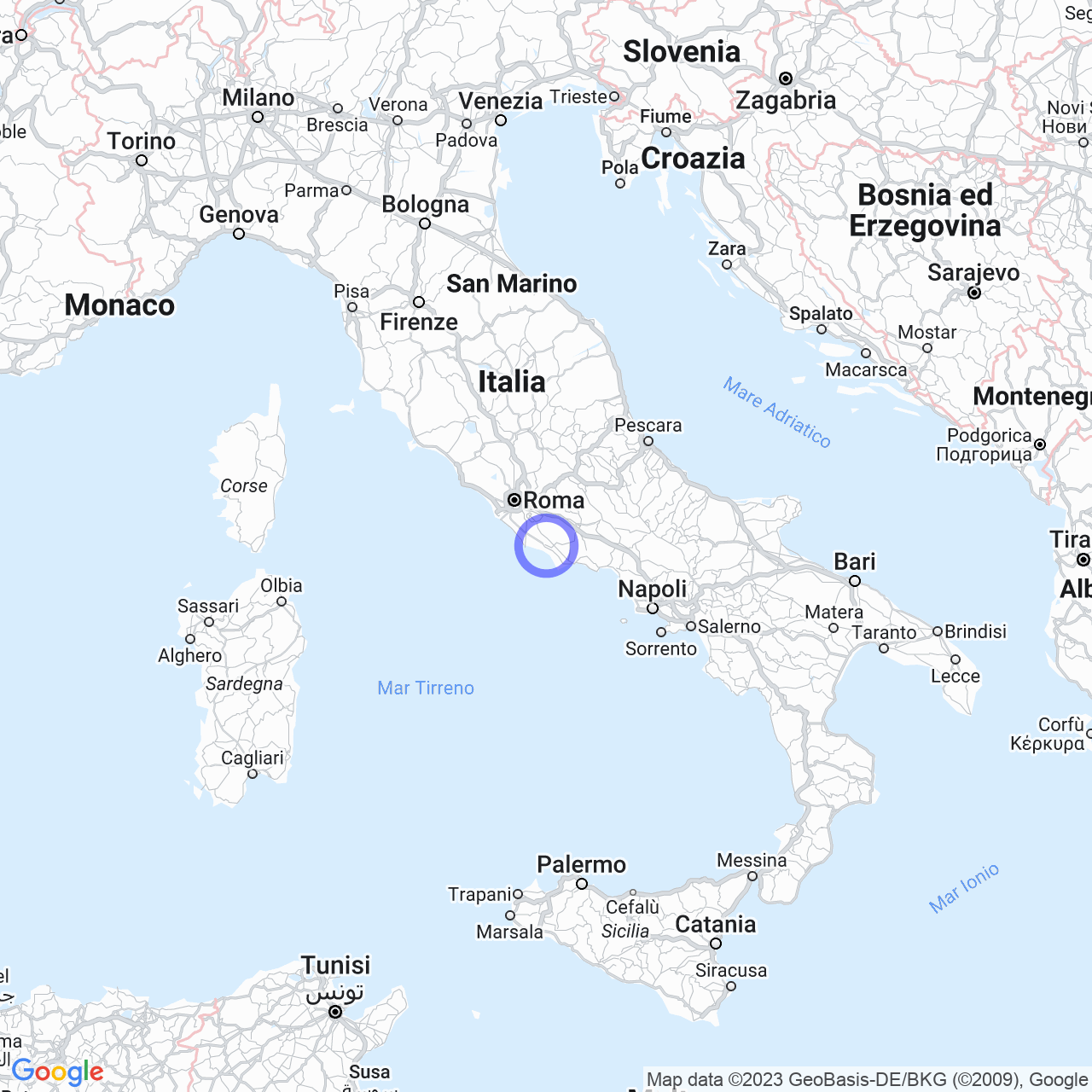San Pietro
San Pietro Infine: A Campanian village with a tumultuous history
San Pietro Infine is a town of 855 inhabitants located in the province of Caserta, in Campania. The peculiarity of this village is being one of the four Campanian municipalities whose territory borders two regions. San Pietro Infine, in fact, wedges between Lazio and Molise, occupying the northern corner of the province of Caserta.
The Territory
The village is nestled on a rocky spur immersed in a verdant territory. It is interesting to note how the findings of fossilized shells in the limestone, which was extracted for construction, may attest that the spur was once submerged by a lake.

Origin of the name
Undoubtedly linked to the cult of Saint Peter, the toponym includes "in fine" to refer to the border position occupied by this territory when it was part of the Land of Saint Benedict. According to some, "Infine" derives from "ad flexum," "near the curve."
History
The territory from the 4th century BC to the 3rd century BC was contested between the Osci and Sanniti. In the Third Samnite War, it was conquered and colonized by the Romans. Probably due to the barbarian devastations suffered during the Early Middle Ages, there are no testimonies left of the Roman settlements.
The village has medieval origins: narrow stepped alleys and some limestone houses with wooden roofs still remain, but these are just a few remains because San Pietro Infine was destroyed by fifteen days of bombing in 1944.
For the territory of San Pietro Infine, the monasteries of the Abbey of San Vincenzo al Volturno and Montecassino were of significant influence. San Pietro Infine was part of the Land of Saint Benedict and still belongs to the territorial abbey of Montecassino. The protected position kept the center away from the tumultuous events of the Province of Terra di Lavoro (1860-1927); at the time of the Unification of Italy, the same position favored the spread of brigandage, among which Domenico Fuoco remained famous.
World War II decimated the population. During the bombing of the Battle of San Pietro Infine, many Sanpietro residents took refuge in what were called "valley caves," some found refuge on Mount Sambucaro. The images of those grim moments were portrayed in John Huston's documentary ''The Battle of San Pietro.'' On the stretch of the Gustav Line that included San Pietro Infine and Mignano Monte Lungo, Italian soldiers fought alongside the Allies for the first time.
In 1950, a reconstruction plan began, giving the surviving San Pietro residents a new center to live in, but located further downstream. In 1959, Mario Monicelli filmed some scenes from the movie La grande guerra there.
Honors
San Pietro Infine has received the Gold Medal for Civil Merit for the courage and resistance shown during World War II. The Municipality, in fact, occupied by German troops, found itself in the center of numerous battles, suffering violent bombings and fierce reprisals that caused numerous civilian casualties and the total destruction of the town.
San Pietro Infine is a village that has passed through a tumultuous but resilient history, forged by the vicissitudes of the past and the difficulties of the present, capable of maintaining its own identity and transmitting its willpower to future generations.
